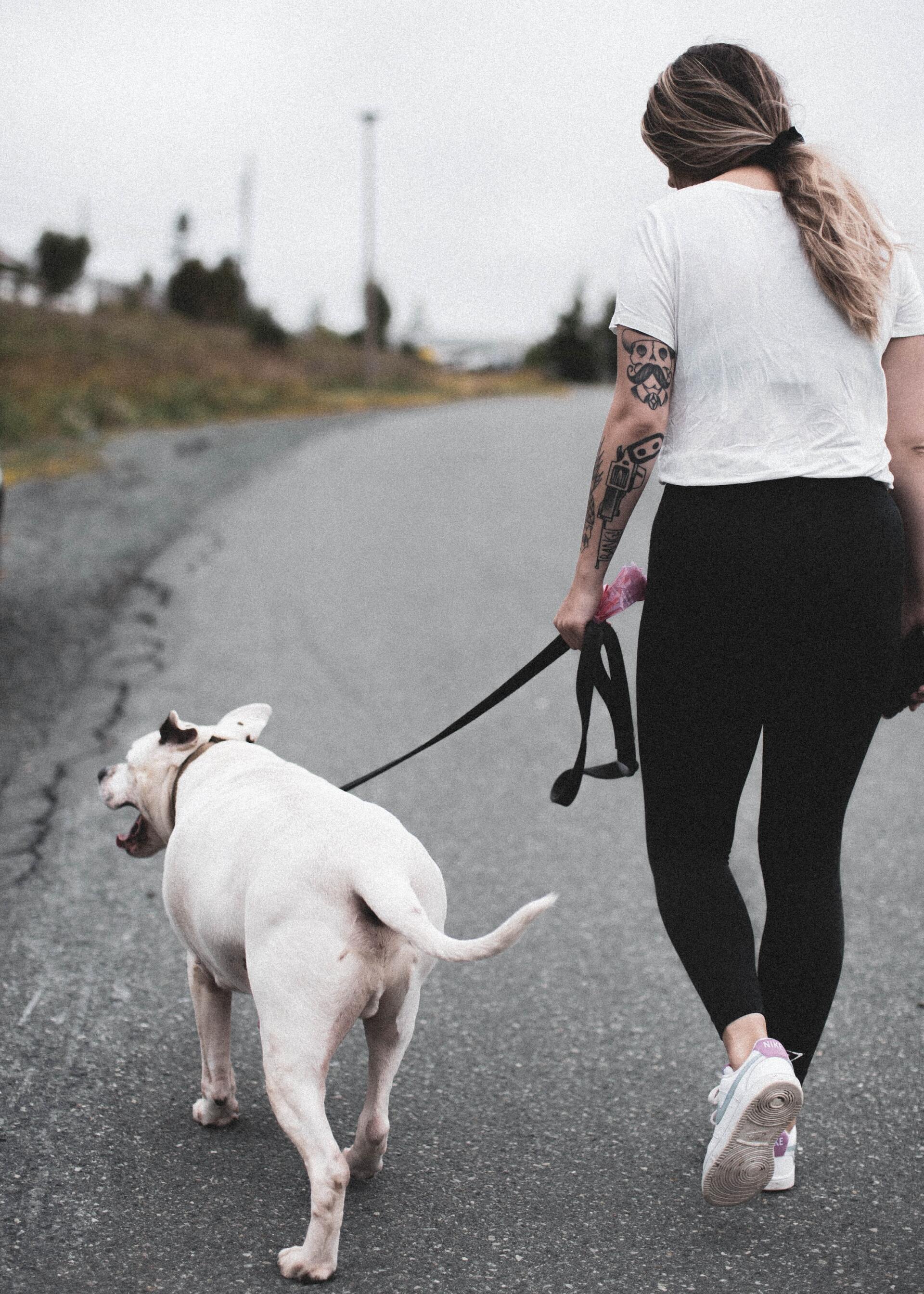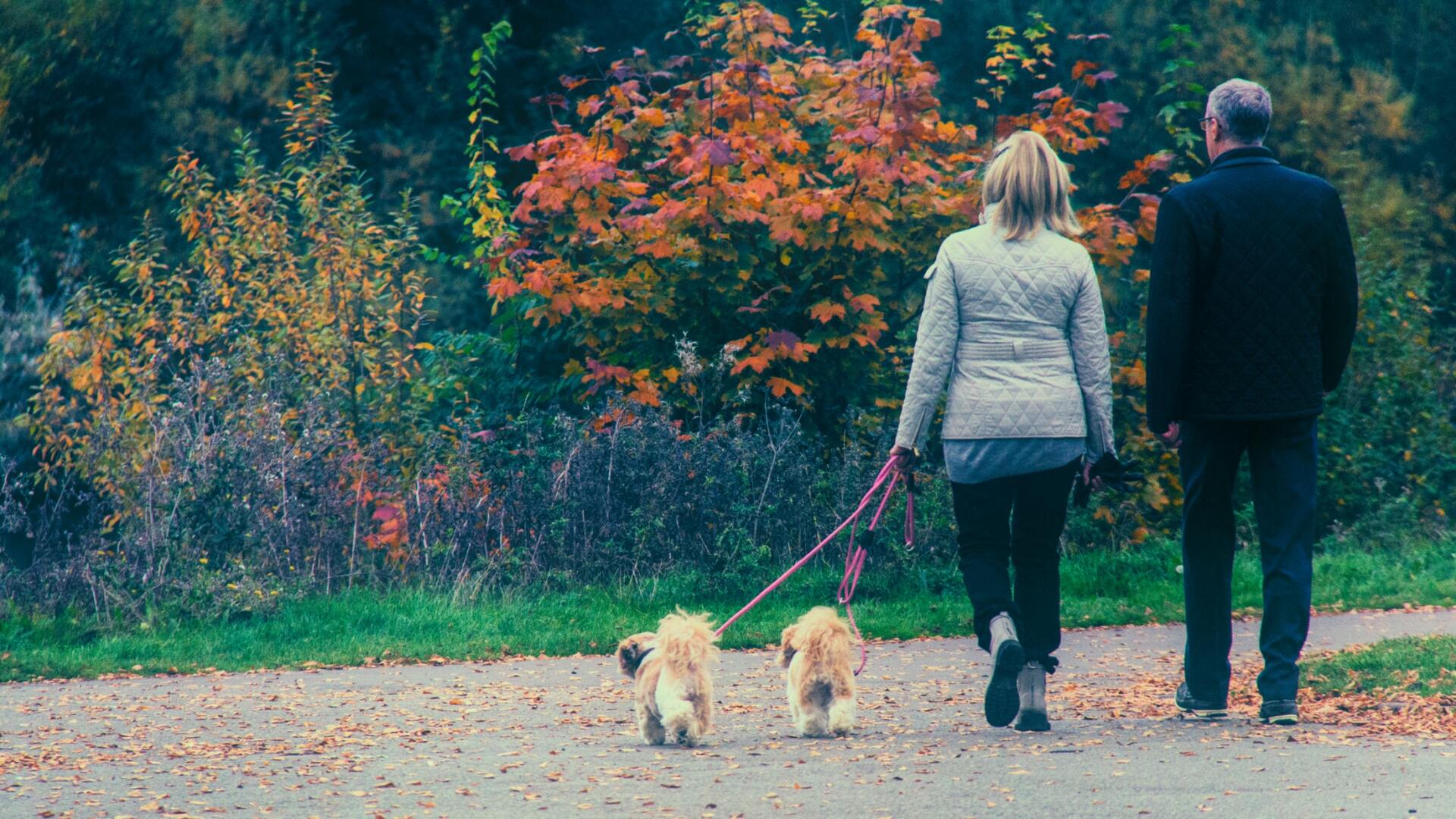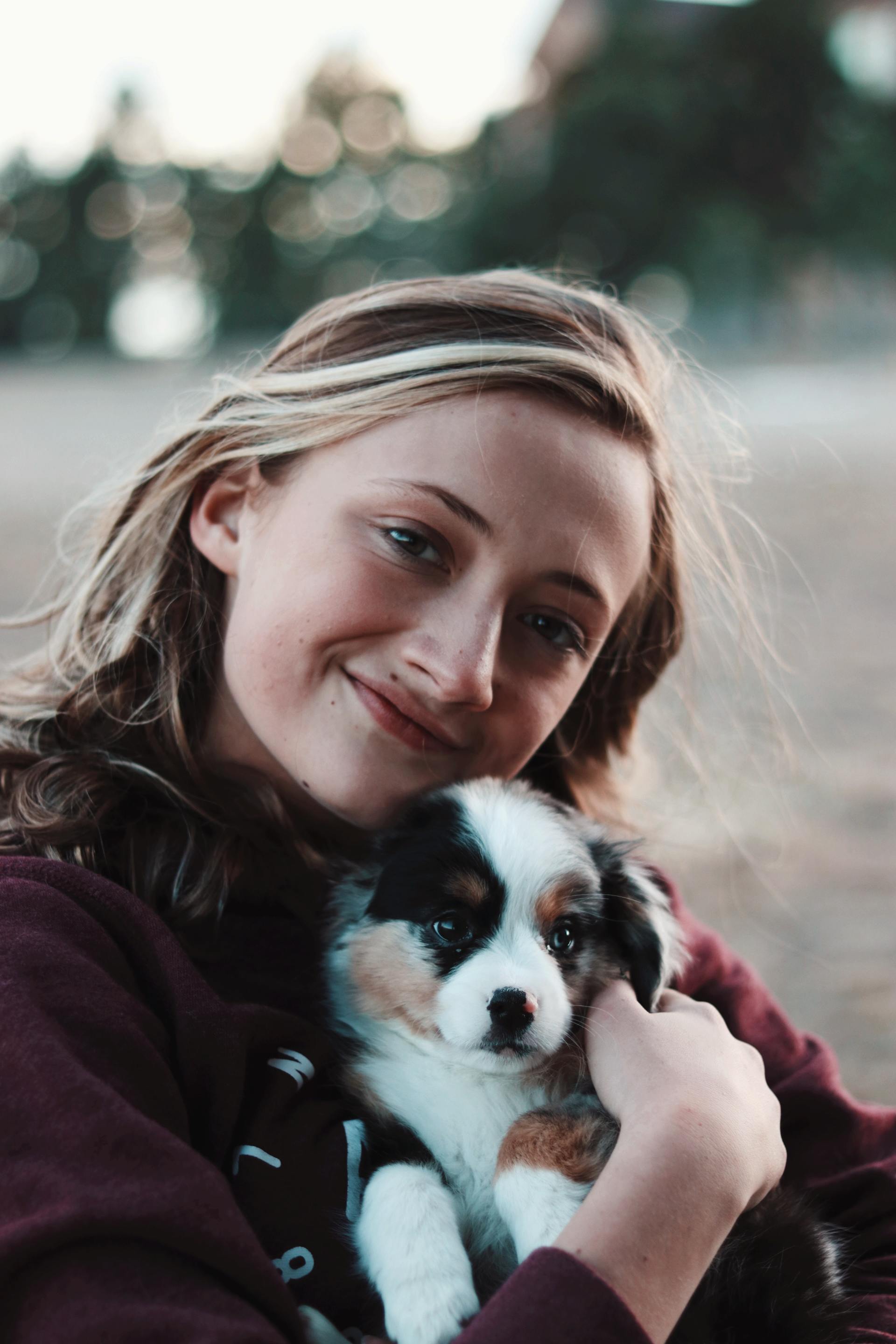How Your Love for Pets is Causing the Pet Obesity Epidemic
How Your Love for Pets is Causing the Pet Obesity Epidemic
A friend stops by your house. When you open the door, she bends down to pet your dog and comments, “Has he gained some weight?”
Of course not, you think. He gets the same amount of food he’s always gotten.
But when you take him for a quick spin around the yard before heading out, you notice he seems to pant a little harder as you bring him back inside.
A week later you load him up for his annual wellness check-up at the vet clinic. He struggles a little more than usual to get into your car. “He is getting older,” you think. “His joints probably hurt.”
But, as your veterinarian is running her hands over your dog in the exam room, she looks you in the eye and says, “We need to talk about Chip’s weight.”
How Many Pets are Obese?
Every year the Association for Pet Obesity Prevention (APOP) surveys veterinarians and pet parents to find out the state of pet obesity in the United States.
In 2017, APOP reported 56% of dogs and 60% of cats are overweight or obese. The numbers are increasing, too: in 2016, 54% of dogs and 59% of cats fell into the overweight or obese category.
This isn’t just a problem in the US. In 2016 and 2017, a team of veterinary nurses visited five pet shows throughout the United Kingdom and assessed over 1600 dogs. They found 74% of the attending dogs to be overweight or obese.
The Problem is We Don’t Know What Obesity Looks Like
It’s easy to point to overfeeding and under-exercising as the culprit for pet obesity. After all, we know too much food and too many hours sitting are the primary reasons for the obesity epidemic in people.
But there’s an underlying issue: we don’t know what a healthy weight looks like.
In fact, if your dog is at a healthy weight, you may have had people accusing you of your dog being too skinny!
The American Animal Hospital Association (AAHA) says, “Over the years, our idea of a normal weight has changed. As the waistlines of both pets and humans have expanded, we’ve become accustomed to weighing more. What was once an animal of average weight today may seem to be underweight because our perception has evolved. The problem is, this new ‘normal’ isn’t healthy.”
APOP’s data backs this up, finding that 90% of cat owners and 95% of dog owners thought their overweight pets were at a normal and healthy weight when asked this question in 2014.
What Happens When Your Dog is Overweight
We like to show our love with treats and lots of food. But this kind of love is giving our pets plenty of unhappiness.
A study published in 2012 compared quality of life for dogs who went through a weight loss program. The study measured vitality, emotional disturbance, and pain responses both before and after weight loss. Overall, the dogs who lost weight improved their vitality scores while their emotional disturbance and pain scores lowered.
Problems can develop in these areas of your overweight dog’s body:
- Joints
- Soft tissues (especially the cranial cruciate ligament – basically, your dog’s ACL)
- Skin
- Thyroid
- Heart
- Respiratory system
- Kidneys
Obesity can even cause type 2 diabetes, high blood pressure, seizures, and some types of cancer – pretty much everything an overweight person can develop. But that’s not the worst part.
The worst part is obesity shortens your pet’s lifespan. By as much as 2.5 years.
How to Find Out if Your Dog is Overweight
Are you worried your dog is overweight and you can’t get in to see your veterinarian immediately?
You could weigh your dog or cat yourself. But ten pounds might be perfect on one pet, obese for another, and far too thin for a third. How do you know?
You can easily get an idea for your pet’s weight using Body Condition Scoring (BCS). The BCS rates pets from emaciated to obese based on several factors. All you need is a few minutes to touch different areas on your pet’s body to evaluate their condition.
How Do You Help Your Dog Shed the Pounds?
So now you want to help your pets lose weight and get healthy again. Should you cut back on food and get them out to exercise more? Not so fast.
First you should talk to your veterinarian. Cutting back on food too fast may actually cause liver disease in cats – and it won’t make your dog happy, either.
Your veterinarian will help you figure out how much food to cut out of your pet’s diet. They may also suggest a new diet for your pet, such as a restricted calorie or prescription food.
And, just like with people, you don’t want to start out running a marathon. If your pet’s exercise has just been a short walk around the block or a few minutes wandering around your yard, your veterinarian will need to help you develop a conditioning program for your pet.
But What if You Can’t Do It Yourself?
You barely have time to get your children to their soccer games or yourself to the gym, much less get your dog out for a long walk.
You’re not alone. When APOP asked what challenges people face when it comes to exercising their dogs, the answer was “too busy” for 25% of respondents.
The good news is, for the vast majority of dogs, a walk is enough exercise for the day.
We can’t help you find more hours in the day (we wish we could). But we can help you make sure your dog gets enough exercise to slim down and maintain a healthy weight.



